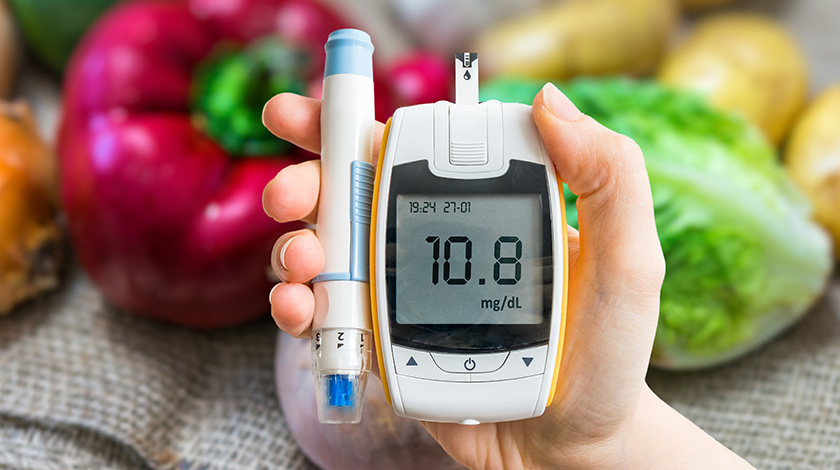Have you been diagnosed with diabetes? You’re not alone. It afflicts nearly 10% of Hong Kong’s population. The good news is, while there is no cure, diabetes can be controlled via a disciplined lifestyle. And the first step is to master your diet. What’s more, getting your diet in check is going to do wonders for your waistline and overall well-being!
What to eat
- Don’t cut out fat entirely. Good fats have been linked to lower cholesterol levels. Foods such as oily fish and nuts will also keep you feeling full for longer periods, in turn curbing the urge to snack. The kinds of fats you need to avoid are saturated and trans fats. Beware, in particular, of butter, deep-fried foods and the marbling found in red meats like beef and duck.4
- Do switch to complex carbohydrates with a low glycemic index (GI). Refined carbohydrates are digested very quickly, leading to a sharp blood sugars spike. Build your diet around slow-digesting whole grains, such as wholemeal bread, wholemeal pasta, and brown rice.2
- Vegetables and fruits are chock-full of vitamins, low in calories and virtually fat-free. Five portions of vegetables and fruits per day will contribute towards a balanced diet. And if you have a sweet tooth, have a fruit juice or fruit instead of calorie-packed cakes and ice-cream to sate that dessert craving.5
How much to eat

Habitual overeating can greatly increase the risk of complications for diabetes patients, as there will constantly be more glucose floating around in your blood than your body can consume. Try sticking to your recommended daily calorie intake. On average, that's 2,500 calories for men and 2,000 calories for women.3
If you're having trouble controlling your calories, here are a couple of handy tips.
- Increased meal frequency, reduced portions. By eating several small meals a day instead of two or three large ones, you can increase your metabolism. In addition, you’ll find portion control a lot easier since your next meal is never more than a few hours away. To help maintain discipline, use a smaller plate at mealtimes. Aim for a meal that’s 30% carbohydrates, 30% protein, 30% fiber and 10% good fats.1
- Exercise more. If you are struggling to trim your calorie intake, you can always approach calorie control from the other direction — increasing energy output via physical activity. Find out how regular exercise plays an important role in reducing diabetes complications.
- Cook your own meals. Ever fretted about how much sugar goes into your restaurant meals? If so, take control of your own diet. These videos on sugarless recipes are a great way to get started!
Make your own sugarless drink!
Fighting diabetes starts with a fork and spoon, so get your diet in check today!
Resources
- Healthy weight loss. British Nutrition Foundation. Visited 27 April 2016.
- Why 5 A Day? NHS Choices. Visited 27 April 2016.
- What should my daily calorie intake be? NHS Choices. Visited 27 April 2016.
- Fast food tips. US National Library of Medicine. Visited 27 April 2016.
- http://www21.ha.org.hk/smartpatient/SPW/static/migration/files/PDF/health%20info%20gallery/healthy%20lifestyle/20061116_presscon_sugarpr2.pdf

